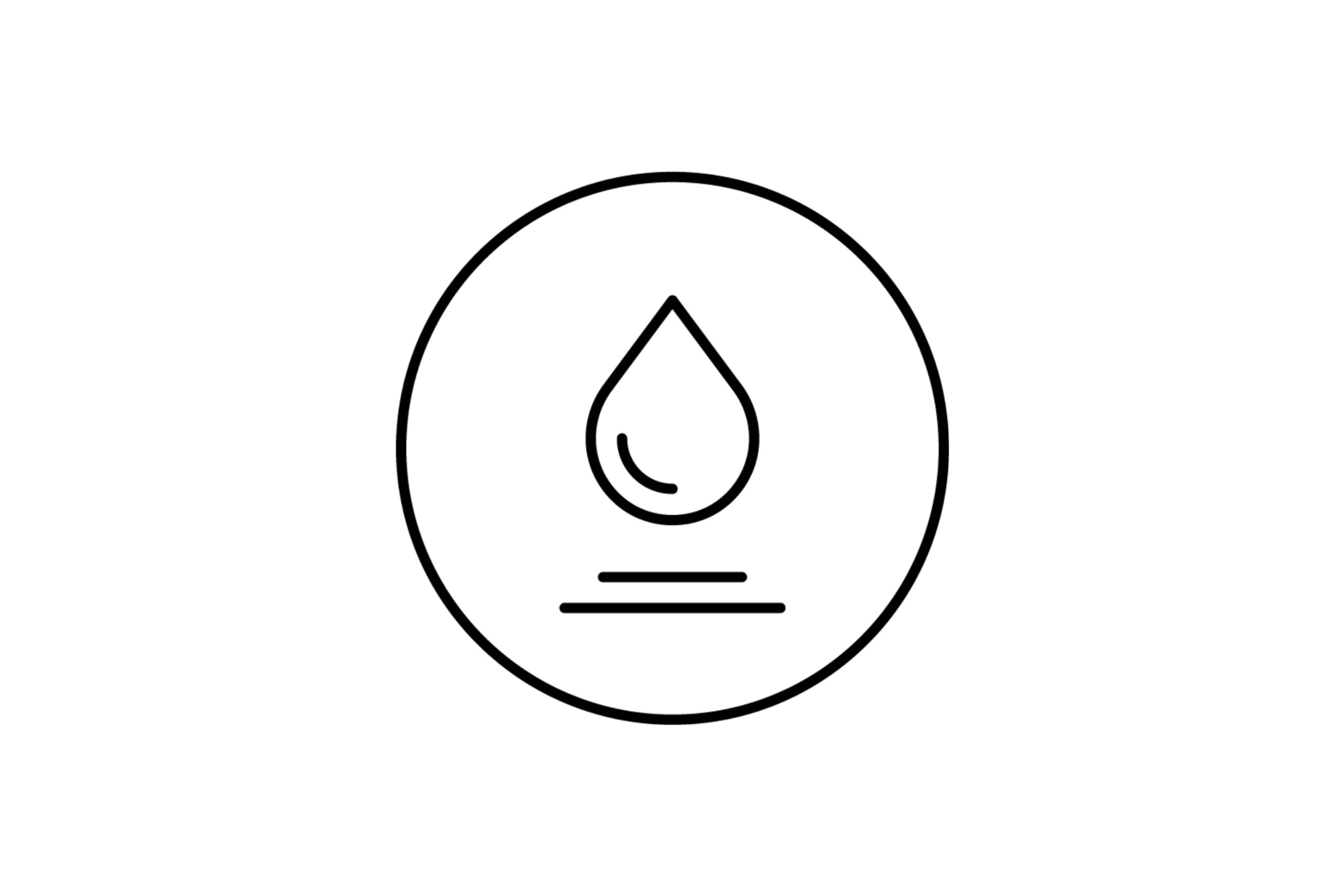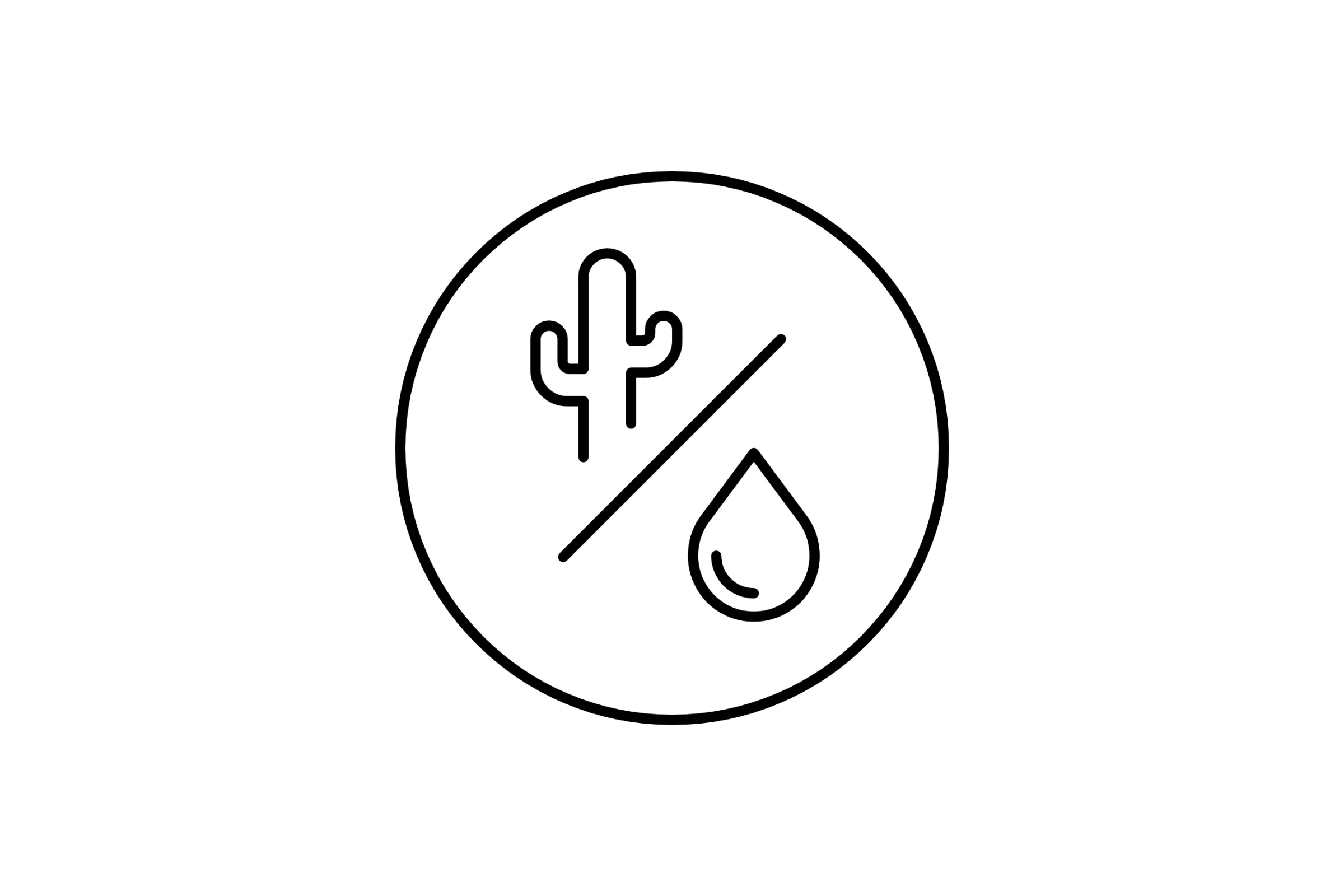

Oily Skin Care Guide: Control Shine and Breakouts
Sabina JasinskiOily skin is more than just a shiny forehead—it’s a skin type that can lead to clogged pores, breakouts, and frustration if not cared for correctly.
If your skin often feels greasy, especially in the T-zone, you might have oily skin.
But what exactly causes oily skin, and how can you manage it without stripping your skin of the moisture it still needs?
Let's break it down.
What is Oily skin?
Oily skin happens when the sebaceous glands produce too much sebum, leading to a shiny appearance and clogged pores. While sebum helps protect and hydrate the skin, too much of it can cause acne, blackheads, and an overall greasy feel.
Oily skin is often influenced by genetics, hormones, and environmental factors.
With the right skincare routine, you can manage excess oil and keep your skin balanced.
How To Know If You Have Oily Skin
You may have oily skin if you experience:
- Shiny or greasy appearance: Your skin looks oily, especially in the T-zone (forehead, nose, and chin).
- Enlarged pores: Pores, particularly on the nose and cheeks, appear larger and more visible.
- Frequent breakouts: Excess oil can clog pores, leading to acne, blackheads, and whiteheads.
- Makeup slides off: Foundation and other makeup products may not stay in place for long.
- Thicker skin texture: Oily skin often feels thicker due to the buildup of sebum and dead skin cells.
Characteristics & Texture of Oily Skin
Oily skin is defined by the overproduction of sebum, resulting in a persistent shine, enlarged pores, and a higher likelihood of clogged pores and breakouts.
The excess oil often mixes with dead skin cells and bacteria, increasing the risk of acne, blackheads, and whiteheads.
The texture of oily skin is typically smooth yet greasy, and it often feels thick or congested—especially in the T-zone (forehead, nose, and chin).
While the extra oil can give a soft feel, the skin often appears shiny and prone to buildup. A balanced routine with regular cleansing and gentle exfoliation is key to managing oily skin effectively.
Causes of Oily Skin
Several factors contribute to oily skin, including:
- Genetics: If your family members have oily skin, you’re more likely to have it too.
- Hormones: Increased androgen levels can stimulate oil production, making the skin more oily.
- Weather: Humid and hot climates can cause sebaceous glands to produce even more oil.
- Skincare products: Using harsh or alcohol-based products can strip the skin, causing it to produce even more oil as a reaction.
- Diet: High-glycemic foods and dairy products may contribute to excess oil and breakouts.
What Is the Best Skincare Routine for Oily Skin?
-
1. Cleanse:
Cleansers for Oily skinFor oily skin, the goal is to cleanse without over-drying while managing excess oil production.
Recommended types of cleansers:
- Gel-based cleansers: These are excellent for removing excess oil without stripping the skin.
- Foaming cleansers: Provide a deeper cleanse and are ideal for oily skin but should be balanced so they don’t dry out the skin.
- Cleansers with salicylic acid (BHA): These help control oil and prevent clogged pores.
💡 Wash your face twice daily. Look for cleansers that are oil-free, non-comedogenic, and free from harsh sulfates that can trigger more oil production.
- Gel-based cleansers: These are excellent for removing excess oil without stripping the skin.
-
2. Exfoliate:
Toners for Oily skinExfoliation helps keep oily skin clear and smooth by removing dead skin cells and preventing clogged pores.
Recommended exfoliation options:
- Salicylic acid (BHA): Penetrates deeply into the pores, helping to clear oil and prevent breakouts.
- Glycolic acid (AHA): Helps with surface exfoliation and improving skin texture, great for oily areas.
- Clay-based exfoliants: These can gently buff the skin while controlling oil.
📅 Exfoliate 2–3 times per week to avoid over-exfoliating and irritation.
- Salicylic acid (BHA): Penetrates deeply into the pores, helping to clear oil and prevent breakouts.
-
3. Serum:
Serums for Oily skinOily skin benefits from serums that balance oil production and treat specific concerns like acne or enlarged pores.
Recommended serums for oily skin:
- Niacinamide serum: Reduces excess oil, minimizes pores, and improves overall skin texture.
- Salicylic acid serum: Targets deep pores and fights acne, helping keep breakouts at bay.
- Tea tree oil serum: A natural anti-inflammatory and anti-bacterial serum to calm acne-prone areas.
- Retinol or retinaldehyde serum: Helps regulate oil production and improve skin texture without causing breakouts.
💡 Tip: Apply niacinamide on your entire face, and consider using salicylic acid or tea tree oil specifically in breakout-prone areas.
- Niacinamide serum: Reduces excess oil, minimizes pores, and improves overall skin texture.
-
4. Moisturise:
Moisturisers for Oily skinOily skin still needs hydration, but the moisturizer should be lightweight and non-greasy.
Recommended moisturizers for oily skin:
- Oil-free gel moisturizers: These provide hydration without the weight of a cream.
Key ingredients: Hyaluronic acid, glycerin. - Mattifying moisturizers: These help control shine and keep the skin feeling fresh throughout the day.
Key ingredients: Niacinamide, salicylic acid, clay.
- Lightweight lotions: Ideal for oily skin as they provide moisture without leaving a greasy residue.
💡 Tips for application:
- Apply on damp skin to help seal in moisture.
- Oil-free gel moisturizers: These provide hydration without the weight of a cream.
-
5. Protect:
Sunscreens for Oily skinAlways wear broad-spectrum sunscreen with at least SPF 30 to protect against sun damage while avoiding clogged pores.
Recommended sunscreens for oily skin:
- Oil-free, mattifying sunscreens: These help control shine while offering broad-spectrum protection.
- Gel or fluid sunscreens: Lightweight and non-comedogenic, these formulas won’t clog pores.
- Mineral sunscreen: Zinc oxide and titanium dioxide are great options for sensitive or acne-prone oily skin.
- Oil-free, mattifying sunscreens: These help control shine while offering broad-spectrum protection.
-
6. Treat
Treatments for Oily skinTarget specific issues like acne, excess oil, and enlarged pores with treatments:
- Clay masks: Help to absorb oil and clear pores, making them great for oily skin.
- Spot treatments with salicylic acid or benzoyl peroxide: Target individual breakouts without irritating the surrounding skin.
- Overnight treatments: Use retinol or oil-controlling masks to balance oil production overnight.
✨ Use clay masks once a week and spot treatments as needed for breakouts.
- Clay masks: Help to absorb oil and clear pores, making them great for oily skin.
Conclusion
Oily skin is a manageable concern with the right balance of care and targeted products. By understanding the causes, signs, and best practices for oily skin care, you can reduce excess shine, prevent breakouts, and maintain a healthy, balanced complexion.
Consistency is key—stick to an oil-regulating routine and make adjustments as your skin’s needs evolve.
And if oiliness or acne continues to be a struggle, we can help tailor a routine that works for your skin's unique combination.
Get in touch
-
Customer service
shop@yourstore.com -
Follow us








